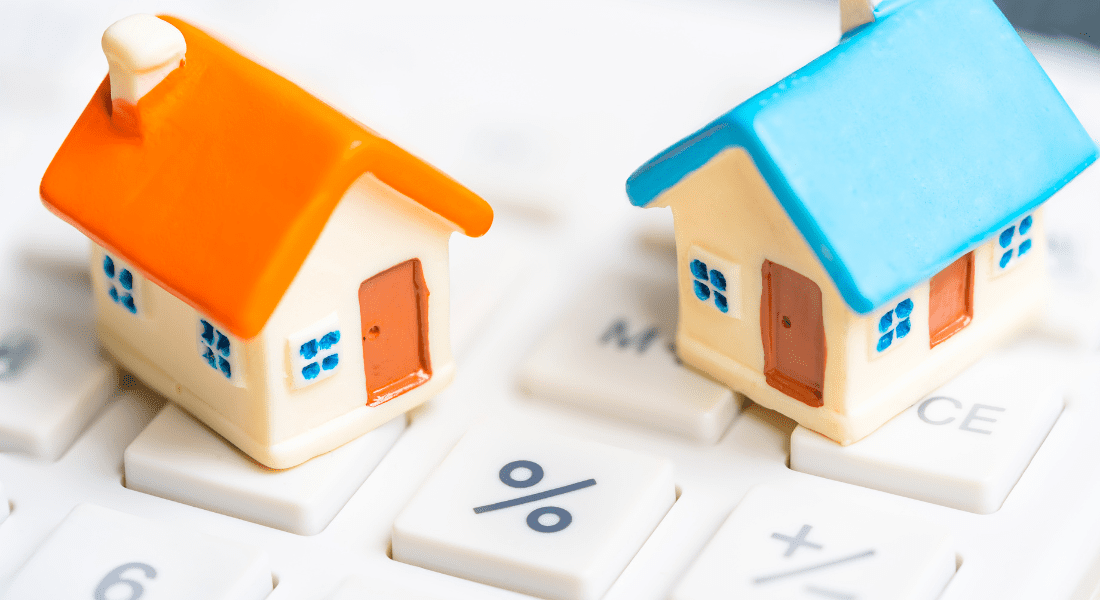Real estate investment holds allure for many, promising a path to financial stability and wealth accumulation. Among the myriad metrics and indicators used by investors, one stands out as particularly vital: the capitalization rate, commonly referred to as the cap rate. In this comprehensive guide, we delve into the intricacies of rental cap rates, exploring how they are calculated, why they matter, and how they influence investment decisions. Whether you’re a seasoned real estate investor or a newcomer to the field, understanding cap rates is essential for success in the market.
Table of Contents
Toggle1. What Are Cap Rates and Why Do They Matter?
Cap rates, short for capitalization rates, are fundamental metrics used in real estate investing to evaluate the potential rate of return on investment for a property. Essentially, the cap rate represents the net operating income (NOI) of a property as a percentage of its market value. This metric provides investors with a quick and straightforward way to assess the profitability and value of an investment property.
Understanding cap rates is crucial because they serve as a barometer for the attractiveness of an investment opportunity. A higher cap rate suggests a higher potential return on investment, while a lower cap rate indicates a lower return. By comparing cap rates across different properties or markets, investors can identify lucrative opportunities and make informed investment decisions.
2. How Do You Calculate Cap Rates of A Property?
The formula for calculating the cap rate is relatively simple:
Cap Rate=Net Operating Income (NOI)Property ValueCap Rate=Property ValueNet Operating Income (NOI)
Where:
- Net Operating Income (NOI) is the total income generated by the property minus operating expenses.
- Property Value represents the current market value of the property.
By plugging in the appropriate values, investors can quickly determine the cap rate of a potential investment.
3. Determining a Good Cap Rate for Rental Properties
What constitutes a “good” cap rate varies depending on numerous factors, including location, property type, and market conditions. Generally, a higher cap rate is desirable as it indicates a higher potential return on investment. However, excessively high cap rates may signal underlying risks or issues with the rental properties.
A low cap rate signifies that a rental property’s income is relatively small compared to its market value, but it can still be a viable investment opportunity, especially if the property is in a prime location or offers unique features. Investors should evaluate factors like market stability and property conditions before making a decision.

4. Factors Influencing Cap Rates
Several factors can influence cap rates, including:
- Location: Properties in prime locations often command lower cap rates due to higher demand and property values.
- Property Type: Different property types (e.g., residential, commercial) typically have varying cap rate ranges.
- Market Conditions: Economic factors and market trends can impact cap rates, with fluctuations occurring over time.
Understanding these factors is essential for accurately interpreting cap rates and assessing investment opportunities.
5. Real-World Examples of Cap Rate Calculations
To illustrate how cap rates are calculated and used in practice, let’s consider a hypothetical example:
Scenario: An investor is evaluating a residential rental property with an annual rental income of $50,000 and operating expenses totaling $10,000 per year. The current market value of the property is $500,000.
Calculation: Using the cap rate formula:
In this scenario, the cap rate for the property is 8%.
Cap Rate Calculator
6. The Relationship Between Cap Rates and Property Values
Cap rates and property values share an inverse relationship: as cap rates decrease, property values increase, and vice versa. Understanding this relationship is crucial for investors, as changes in property values can impact investment returns and overall portfolio performance.
7. Evaluating Market Trends Using Cap Rates
Cap rates can provide valuable insights into market trends and conditions. By analyzing changes in cap rates over time, investors can identify emerging opportunities, assess market stability, and anticipate potential risks.
8. Mitigating Risks Associated with Cap Rates
While cap rates offer valuable insights, they also pose risks for investors, particularly when used in isolation. It’s essential to conduct comprehensive due diligence, considering factors such as property condition, market demand, and future growth potential, to mitigate risks and make informed investment decisions.
9. Cap Rates in Commercial Real Estate
Cap rates are commonly used in commercial real estate transactions, where they play a critical role in property valuation and investment analysis. Understanding how cap rates apply to different commercial property types can help investors navigate the complexities of the commercial real estate market.
10. Utilizing Cap Rates to Make Informed Investment Decisions
In summary, cap rates are indispensable tools for real estate investors, providing valuable insights into investment opportunities and market conditions. By mastering the calculation and interpretation of cap rates, investors can identify lucrative deals, mitigate risks, and achieve their financial goals in the competitive world of real estate investing.
Conclusion
- Cap rates, or capitalization rates, are essential metrics used by real estate investors to evaluate property investment opportunities.
- Understanding how to calculate and interpret cap rates is crucial for making informed investment decisions.
- Factors such as location, property type, and market conditions influence cap rates and should be carefully considered.
- While cap rates offer valuable insights, they should be used in conjunction with other financial metrics and thorough due diligence to mitigate risks and maximize returns.
In conclusion, mastering the intricacies of cap rates is essential for success in the dynamic and ever-evolving world of real estate investing. By incorporating cap rates into their investment strategy, investors can unlock opportunities, mitigate risks, and achieve long-term financial prosperity.
FAQs
1. What is a cap rate, and why is it important in real estate investing?
A cap rate, short for capitalization rate, is a fundamental metric used by real estate investors to evaluate the potential return on investment for a property. It represents the ratio of a property’s net operating income (NOI) to its market value. Cap rates are essential because they provide a quick and straightforward way to assess the profitability and value of an investment property.
2. How do you calculate a property’s cap rate?
To calculate a property’s cap rate, you divide its net operating income (NOI) by its current market value.
The formula is:
Cap Rate = (Net Operating Income / Property Value) * 100.
By plugging in the appropriate values, investors can determine the cap rate and gauge the property’s investment potential.
3. What is an acceptable cap rate on rental property?
According to market analysts, the “acceptable” cap rate typically falls between 5 – 10%. Excessively high cap rates may signal underlying risks or issues with the property. It’s essential to consider the context and conduct thorough due diligence before determining what constitutes a good cap rate for a specific rental property.
4. What factors can influence a property’s cap rate?
Several factors can influence a property’s cap rate, including location, property type, market conditions, and property management efficiency. Prime locations and high-demand areas typically command lower cap rates due to higher property values, while properties in less desirable locations may have higher cap rates. Additionally, market trends and economic factors can impact cap rates, causing fluctuations over time.
5. How do cap rates relate to property values?
Cap rates and property values share an inverse relationship: as cap rates decrease, property values increase, and vice versa. This relationship reflects the balance between rental income and property value in the real estate market. Understanding this correlation is crucial for investors, as changes in property values can impact investment returns and overall portfolio performance.




